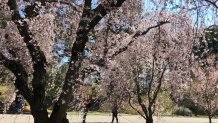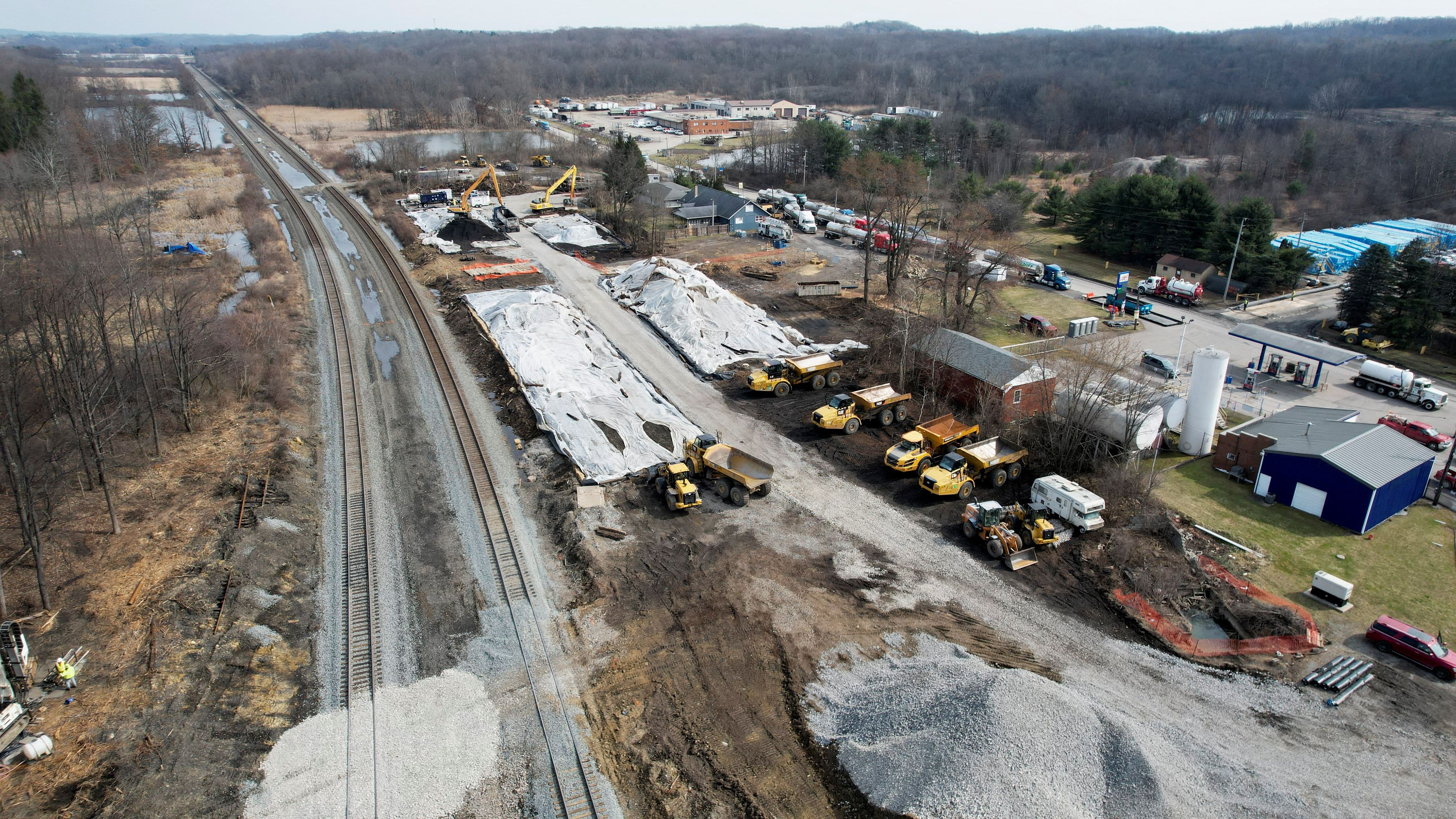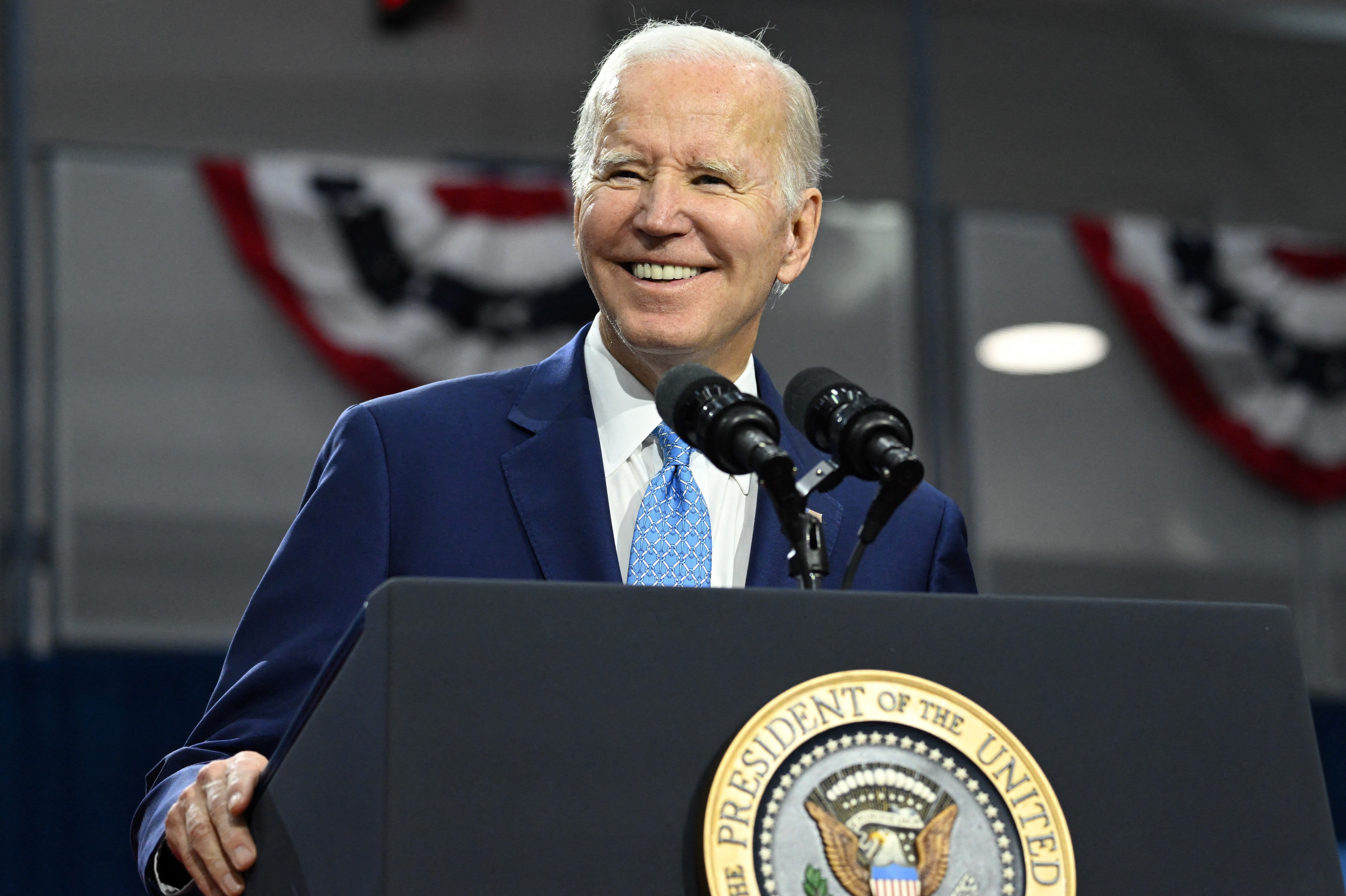The cherry trees in Washington, D.C., are about to bloom, triggering the National Park Service’s annual Bloom Watch and the challenge to predict when they will be at their most spectacular.
But if it’s difficult to settle on that peak day — defined as when 70% of the Yoshino cherry blossoms on the National Mall around the Tidal Basin are open — one thing is certain. It’s occurring earlier.
And arborists and others point to climate change.
"Warmth is what drives them to bloom and blossom so it certainly stands to reason as temperatures are getting warmer, we’re going to see the cherry blossoms continue to come out earlier," said Mike Litterst, a spokesman for the National Park Service.
We've got the news you need to know to start your day. Sign up for the First & 4Most morning newsletter — delivered to your inbox daily. Sign up here.
According to the Environmental Protection Agency’s website, “scientists have very high confidence that recent warming trends in global climate are causing spring events such as leaf growth and flower blooms to happen earlier.”
US & World
In the case of the cherry trees around the Tidal Basin, 2023's peak bloom projection now is for March 22 through 25, according to the National Park Service. Unusually warm or cool temperatures have meant peak blooms as early as March 15 in 1990 and as late as April 18 in 1958.
The peak bloom date has shifted forward by about seven days since 1921. That’s according to the EPA, which also notes that, based on 102 years of data, the average peak bloom date is April 4. But in 16 of the last 20 years, the peak bloom date has occurred before April 4.
Litterst said that the average date of peak bloom has moved up about six days in the last 60 to 80 years. At the same time, temperatures along the Tidal Basin have risen a statistically significant 2.5 degrees, he said.
The cherry trees in the nation’s capital are among the country’s most famous. Japan gave the United States about 3,000 trees in 1912 as a symbol of friendship. Today, more than 1.5 million visitors attend the National Cherry Blossom Festival, which began in 1934 and now lasts four weeks. The early peak bloom dates, however, means that in some years, the festival misses them.
"The greatest indicator of spring in the nation’s capital is when the cherry blossoms come out," LItterst said. "There is focus on those trees more so than just about any other natural resource around here, so when they come earlier that gets everybody’s attention."
"This year especially," he said. "We’re coming off the third warmest winter on record."
Data for Kyoto’s famous cherry trees go back to 812, records compiled from imperial court diaries and chronicles. In 2021, the full flowering of the trees was recorded on March 26, the earliest in more than 1200 years. A study last year, “Human influence increases the likelihood of extremely early cherry tree flowering in Kyoto,” examined that early flowering.
The authors showed that Kyoto’s cherry flowering season arrives on average one to two weeks earlier because of manmade climate change. Under a scenario of medium emissions, they project an extra week earlier by the end of the century.
“As a result, extremely early flowering like in year 2021 becomes increasingly common in a warming climate and may occur every few years by 2100, when it will no longer be classified as extreme,” wrote the authors, Nikolaos Christidis, a senior scientist in the Meteorological Office, the United Kingdom’s national weather service, Yasuyuki Aono, an environmental scientist at Osaka Prefecture University, and Peter A. Stott, a climate scientist in the Meteorological Office.
Cherry Trees Across the United States
Cherry trees are popular across the United States, from New York City to Los Angeles, with some communities holding their own cherry blossom festivals. Here is a sampling of where you can find them.
In the Northeast, cherry trees are expected to blossom in New York City in the Brooklyn Botanic Garden and Central Park. The Central Park Conservancy in Manhattan is warning that this year’s warm winter means the trees there will bloom much earlier than usual.
New Haven will celebrate the 50th anniversary of its Cherry Blossom Festival. Seventy-two Yoshino cherry trees were planted on Wooster Square in 1973.
Other trees will be blooming in Philadelphia at the Morris Arboretum, the Subaru Cherry Blossom Festival at West Fairmount Park on April 15 to 16, the Fairmount Park Horticulture Center and Longwood Gardens.
In Boston, there are cherry trees at Harvard University's Arnold Arboretum, on the Charles River Esplanade and at the Boston Common and the Public Garden.

Branch Brook Park in Newark, New Jersey, will host the Essex County Cherry Blossom Festival from April 1 to April 16.
Chicago's Jackson Park cherry blossoms will be celebrated April 22.
A floral festival is taking place now in Dallas. Hundreds of cherry trees are expected to be in bloom next week at the Dallas Arboretum and Botanical Garden during its Dallas Blooms festival, which runs until April 16, and in Fort Worth at the Fort Worth Botanic Garden.
In California, cherry trees bloom in San Diego's Japanese Friendship Garden, which is holding its Cherry Blossom Festival March 10 through 12. In Los Angeles, you can visit Descanso Gardens and The Huntington, while in San Francisco, the Northern California Cherry Blossom Festival will be held April 8 to 16.



